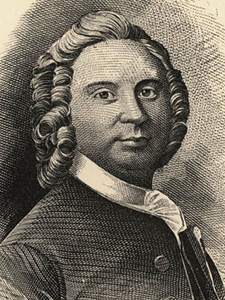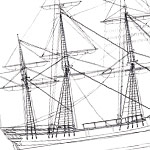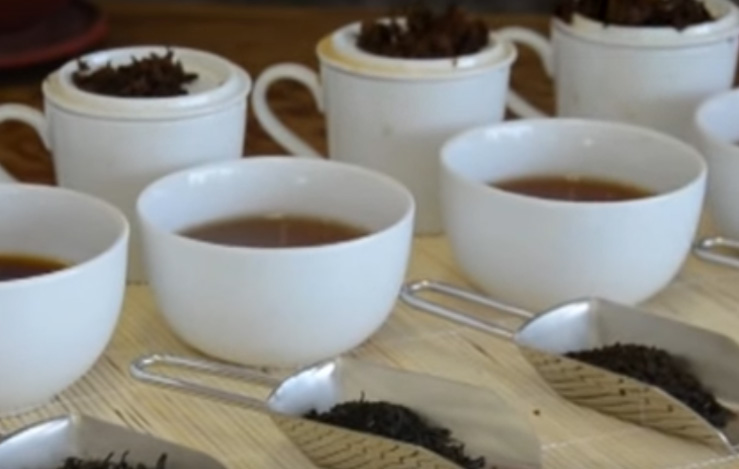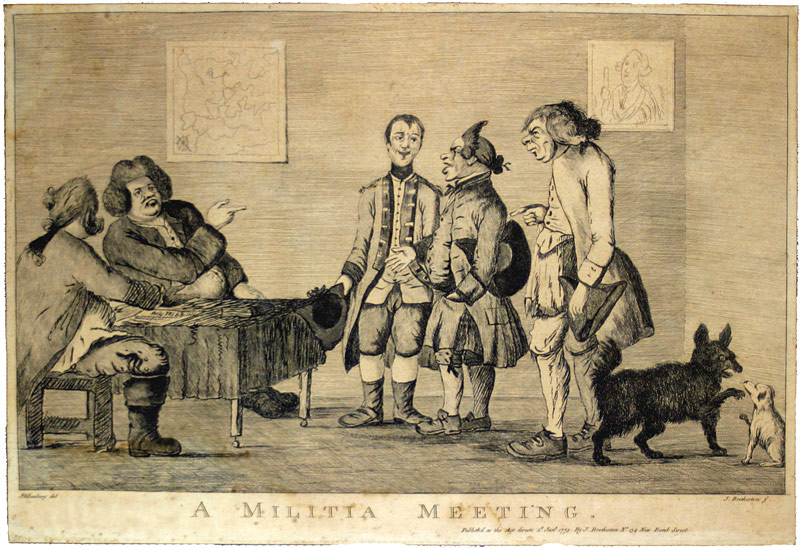The original Eleanor was one of several vessels owned by leading Boston merchant, smuggler, and Boston Board of Selectman, John Rowe. His holdings included stores, warehouses and Rowe’s Wharf, a current Boston landmark. Rowe was an active smuggler and inciter in the years preceding the American Revolution
. He was influential in protesting British authority, specifically Britain’s tightening restrictions on colonial trade. John Rowe is credited for being one of the leading instigators of the Stamp Act riot in August 1765. During the riot, the mob destroyed the mansion of Thomas Hutchinson, the Lieutenant Governor and Chief Justice of Massachusetts. At the time of the Boston Tea Party, Captain Bruce, a Tory sympathizer, commanded the Eleanor, and her homeport was the city of Boston. The Eleanor, with her cargo of 114 chests of British East India Company tea, arrived at Griffin’s Wharf in Boston on Thursday, December 2, 1773 – fourteen days prior to the December 16, 1773, Boston Tea Party.

Rendering of the Eleanor by Leon Poindexter





